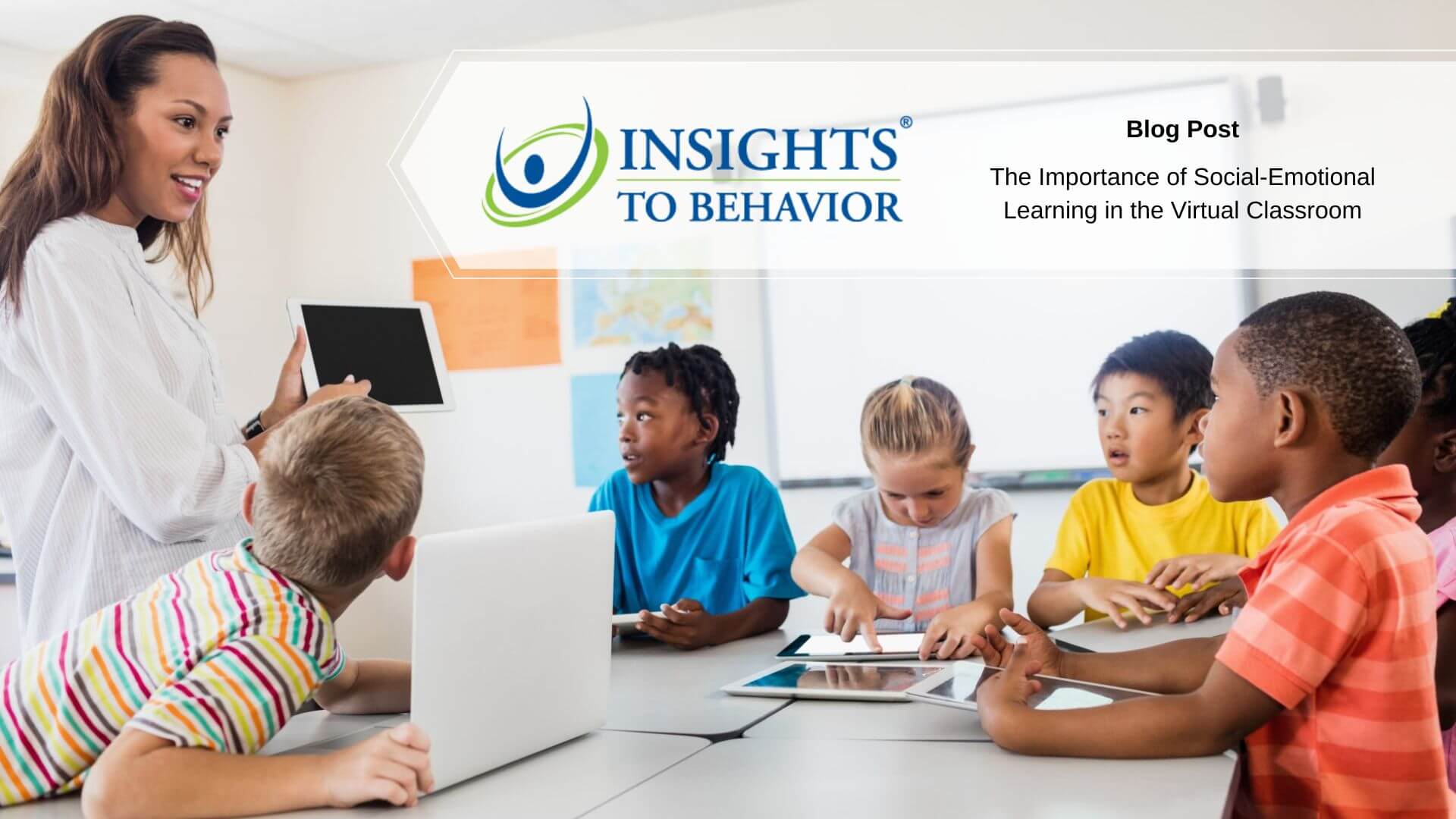Up to 60% of children in the United States suffer from mental health problems. Most commonly, those problems have to do with social and emotional issues.
These problems can interfere with your virtual classroom. For that reason, it is crucial to understand how specific techniques such as applied behavior analysis (ABA), positive reinforcement, and other methods can help improve behavior in children. Emphasizing social-emotional learning in the classroom or virtual classroom is the place to start.
Many people believe that academic learning is the only learning that is important in the classroom. However, by incorporating social and emotional learning, students can reap even more educational benefits. But where should you start?
How can you incorporate different ways to learn? Keep reading and learn more below.
Teach Students Coping Mechanisms
Whether you’re dealing with in-person or virtual learning, coping mechanisms are important. Many young students don’t have any coping mechanisms. Some have very immature and inefficient coping mechanisms.
For example, suppose a young student gets angry. He may be upset about a minor occurrence. Even so, the circumstance may seem very important to the student.
As a response to his anger, he may scream and cry. This outburst, of course, would be very disruptive to the class. His behavior may even upset the rest of the class.
Then, it would be even harder to manage all of the students at hand. Crying and screaming are not appropriate coping mechanisms. They may help the student to release his anger but are unacceptable in the classroom.
The Details
Other students may have similarly inappropriate coping mechanisms. If so, it is important to teach them mechanisms of coping that are far more helpful and acceptable. It is most important to teach students coping mechanisms before they are even necessary.
That way, when a student feels sad or upset, he or she can use an appropriate coping mechanism to deal with those feelings. Teaching students breathing exercises is a good way to teach them how to cope. When a student is angry, teach him to control his breathing to calm down instead of crying and screaming.
Another healthy coping mechanism for students involves journaling. Journaling will allow a student to write down his emotions. Doing this will naturally help the student calm down and will help him understand what kind of emotions he is feeling.
Once you teach students different coping mechanisms, classroom management will feel more manageable than ever.
Build a Community
Many believe virtual classrooms can never be as socially connected as in-person classrooms. However, this is not necessarily true. While students might not be able to communicate face-to-face, there are still many opportunities to improve their social and emotional skills.
It is the educator’s responsibility to ensure that students feel connected to each other and not distant, even if they are physically distanced. For example, every school day, the educator can make an effort to inquire about each student’s day. This allows students to feel that they are more socially connected not only to the educator but also to other students.
The educator might also encourage the students to talk among themselves for a few minutes before class starts, allowing students to learn more about each other and share stories and interests. This kind of interaction will eliminate most feelings of isolation or distance.
What You Need to Know
Some of the students might even make some friends in the process. This is not only a great way to improve the social and emotional skills of students but is an important part of building a community. It can be difficult to build a community through a virtual classroom, but by allowing more free communication among students, it will feel much easier.
You might even create a breakout room or two to allow for smaller groups of discussion among students. This will allow many students to talk at once without talking over each other.
All they need is a few minutes to learn more about each other every day, and they should slowly start to hone their social and emotional skills.
Think About Self-Care
Many educators don’t think about student self-care, and this can be detrimental to a student’s social and emotional learning as well as student behavior. Self-care is a basic requirement for both adults and children. It also is not very complicated or time-consuming, and it is easy to incorporate into the classroom.
For example, an educator could try incorporating one self-care exercise per week for all students involved. Such an exercise may involve doing something nice for oneself or someone else.
Even though this may seem like a very minor thing, these little self-care assignments can do students a lot of good and can help them not only behave better but grow more as people.
It also gives students time to reflect on their hobbies and other things they enjoy outside of the classroom.
ABA, Social-Emotional Learning, and the Virtual Classroom
ABA, social-emotional learning, and positive reinforcement are all essential for supplementing the virtual classroom. It is generally harder to get students to connect on a social and emotional level when in a virtual setting. However, with the right techniques such as teaching coping mechanisms and allowing time for socialization, it is certainly possible.
Self-care activities are also very important for students and student behavior. To learn more about student behavior and how to manage it in the classroom, click here.



